

Cement anchor bolts are fasteners used to connect objects or structures to concrete. Choosing the correct type and size is crucial for a secure and lasting connection. This guide explores the different types, installation methods, and factors to consider when selecting cement anchor bolts for your project.Understanding Cement Anchor BoltsWhat are Cement Anchor Bolts?Cement anchor bolts, also sometimes called concrete anchors, are specifically designed to provide a strong and reliable connection to concrete. Unlike traditional fasteners that rely on friction or expansion within the material being fastened to, cement anchor bolts often use a combination of mechanical interlock, chemical adhesion, or expansion to achieve a secure hold. This makes them ideal for applications where high load-bearing capacity is required.Types of Cement Anchor BoltsNumerous types of cement anchor bolts exist, each designed for specific applications and load requirements. Here's a look at some of the most common: Wedge Anchors: These anchors utilize an expansion mechanism for high load-bearing capacity. A wedge clip expands against the hole wall when the bolt is tightened. Suitable for solid concrete. Sleeve Anchors: Similar to wedge anchors, sleeve anchors offer expansion but provide greater surface contact, often resulting in increased holding power. They consist of a bolt, a sleeve, a nut, and a washer. Concrete Screw Anchors (Tapcon): These hardened screws tap directly into a pre-drilled hole in concrete, offering a fast and easy installation method. Ideal for light to medium duty applications. Drop-In Anchors: Internally threaded anchors that are set by driving an expansion plug into the anchor body using a setting tool. Best used when flush mounting is required. Chemical Anchors (Epoxy Anchors): These anchors use a chemical adhesive (epoxy) to bond the anchor to the concrete. Provide very high strength and are suitable for cracked or uncracked concrete. Excellent choice for heavy loads. Slab Anchors: Designed for anchoring to concrete slabs, these anchors typically feature a wide head for increased bearing surface.Factors to Consider When Choosing Cement Anchor BoltsLoad RequirementsDetermining the load (tension, shear, and combined) that the anchor will be subjected to is paramount. Consult engineering specifications or conduct load tests to ensure the chosen anchor can safely handle the anticipated forces. Always factor in a safety margin.Concrete Type and ConditionThe type and condition of the concrete significantly impact anchor performance. Solid, uncracked concrete offers the best holding power. Cracked or weakened concrete requires specialized anchors, such as chemical anchors, that can provide a reliable connection in compromised conditions. Knowing the concrete's compressive strength (PSI) is also crucial.Anchor Size and Embedment DepthThe diameter and embedment depth of the anchor directly correlate with its load-bearing capacity. Larger diameter and deeper embedment generally result in higher strength. Follow the manufacturer's recommendations for minimum and maximum embedment depths.Environmental ConditionsConsider the environmental conditions to which the anchor will be exposed. Moisture, chemicals, and temperature fluctuations can affect the anchor's long-term performance. Select anchors made from corrosion-resistant materials, such as stainless steel or zinc-plated steel, for outdoor or harsh environments. Explore options available from Hebei Muyi Import&Export Trading Co.,Ltd for durable solutions.Installation RequirementsDifferent anchor types require different installation procedures. Consider the ease of installation, the tools required, and the time involved. Some anchors require specialized setting tools or epoxy dispensing equipment. Incorrect installation can significantly reduce the anchor's load-bearing capacity.Installation Guide for Common Cement Anchor BoltsWedge Anchor Installation Drill a hole in the concrete to the required diameter and depth, as specified by the anchor manufacturer. Clean the hole thoroughly, removing all dust and debris. Insert the wedge anchor through the fixture being fastened and into the hole. Hammer the anchor until the washer is flush with the fixture. Tighten the nut to the specified torque value.Sleeve Anchor Installation Drill a hole in the concrete to the required diameter and depth. Clean the hole thoroughly. Insert the sleeve anchor through the fixture being fastened and into the hole. Tighten the nut to the specified torque value. As the nut is tightened, the sleeve expands against the hole wall.Concrete Screw Anchor (Tapcon) Installation Drill a pilot hole in the concrete using a drill bit specified by the anchor manufacturer. Clean the hole thoroughly. Insert the Tapcon screw through the fixture being fastened and into the hole. Drive the screw using a screw gun or wrench until it is snug. Avoid overtightening.Chemical Anchor (Epoxy Anchor) Installation Drill a hole in the concrete to the required diameter and depth. Clean the hole thoroughly, removing all dust and debris. Use a wire brush and compressed air for best results. Inject the epoxy adhesive into the hole, filling it approximately two-thirds full. Insert the threaded rod or anchor bolt into the hole, twisting it slightly to ensure even distribution of the epoxy. Allow the epoxy to cure for the time specified by the manufacturer before applying any load.Common Mistakes to Avoid Using the Wrong Anchor Type: Selecting an anchor inappropriate for the application can lead to failure. Incorrect Hole Size: Drilling a hole that is too large or too small will compromise the anchor's holding power. Insufficient Cleaning: Dust and debris in the hole can prevent proper adhesion or expansion. Overtightening: Overtightening can damage the anchor or the concrete, reducing its load capacity. Neglecting Edge Distance and Spacing: Anchors placed too close to the edge of the concrete or too close to each other can cause cracking and failure.Cement Anchor Bolt Load Capacity Chart ExampleThe following table presents example load capacities for various sizes of wedge anchors. Always consult the manufacturer's specifications for accurate load ratings. Anchor Size (Diameter) Minimum Embedment Depth (inches) Ultimate Tensile Strength (lbs) Ultimate Shear Strength (lbs) 1/4' 1-1/4' 2,,/8' 1-1/2' 5,,/2' 2' 8,,500 Disclaimer: These values are approximate and may vary based on concrete strength, installation methods, and other factors. Always consult the anchor manufacturer's specifications for accurate load ratings. Data is based on general specifications from various anchor manufacturers. Check official documentation from Simpson Strong-Tie or Hilti for definitive values.ConclusionSelecting and installing the appropriate cement anchor bolts is essential for ensuring the safety and stability of any structure. By understanding the different types of anchors, considering the load requirements and environmental conditions, and following proper installation procedures, you can achieve a secure and long-lasting connection. For quality products and expert advice, contact trusted suppliers like Hebei Muyi Import&Export Trading Co.,Ltd. Understanding the nuances of these fasteners is key to a secure and successful project.

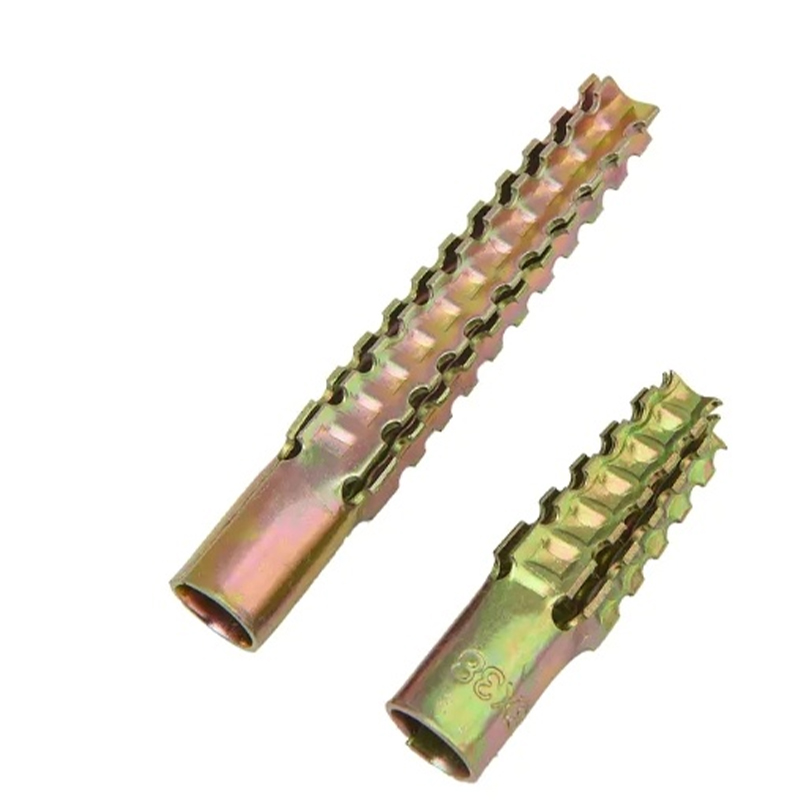

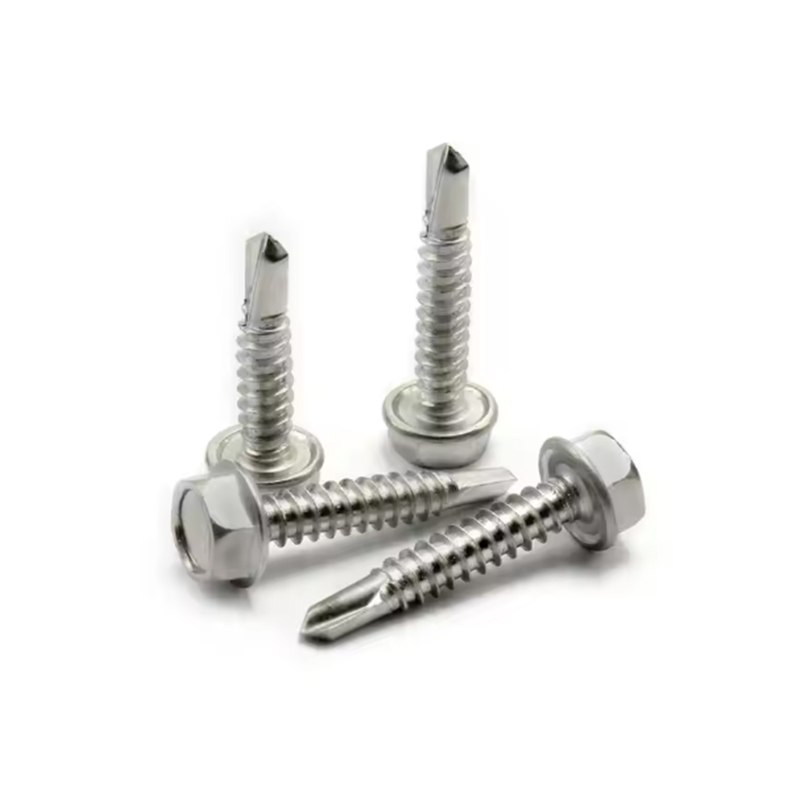
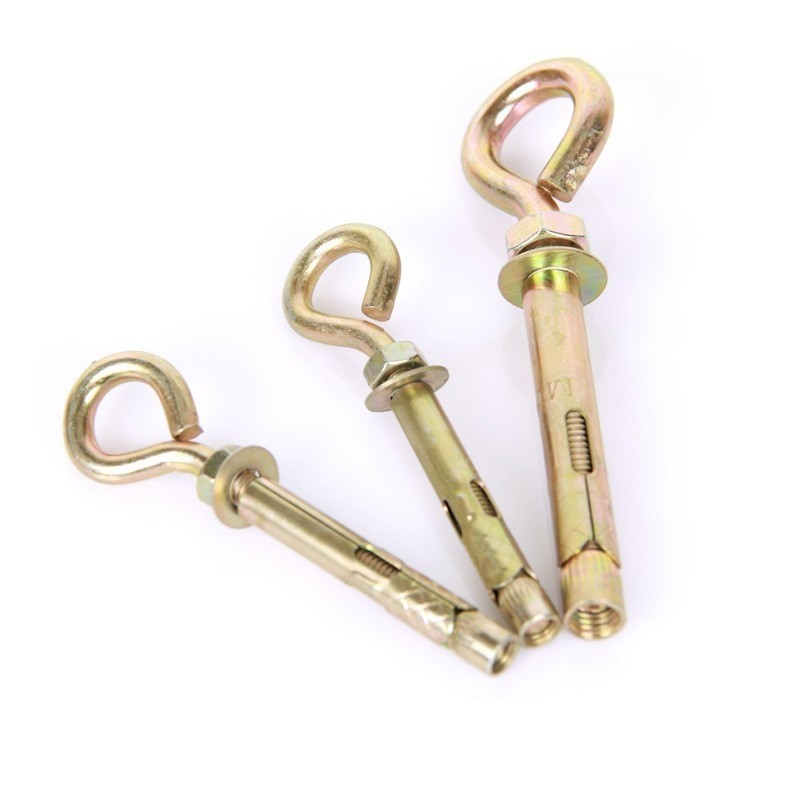
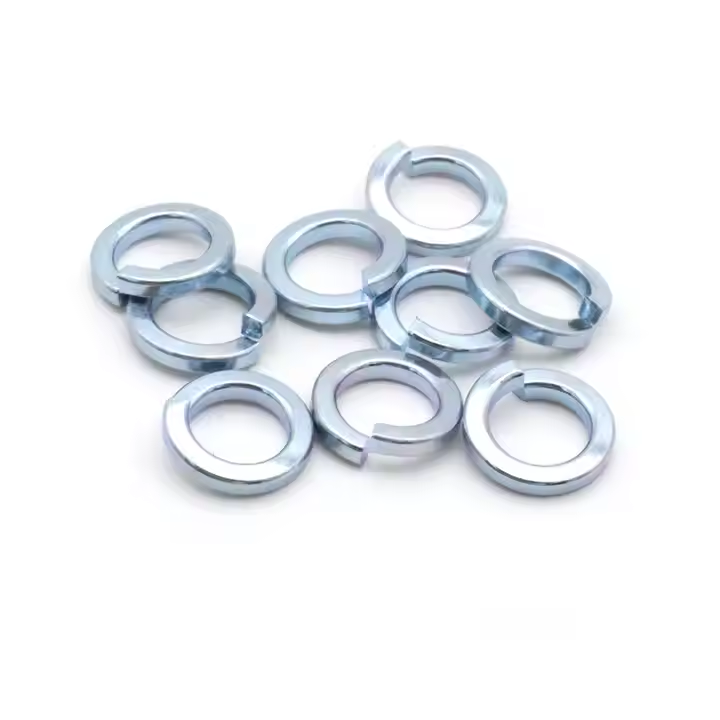
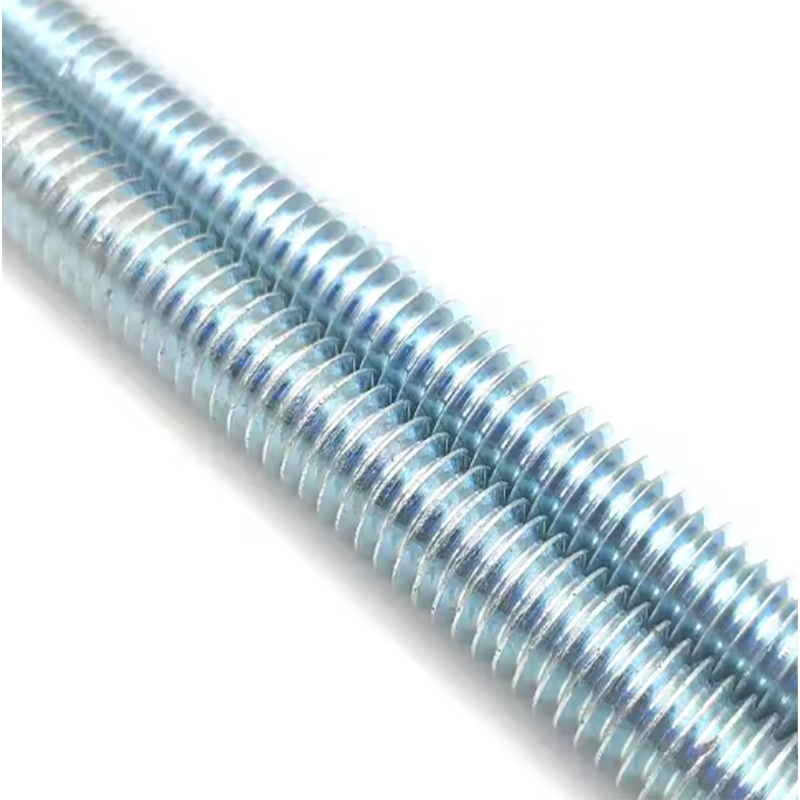
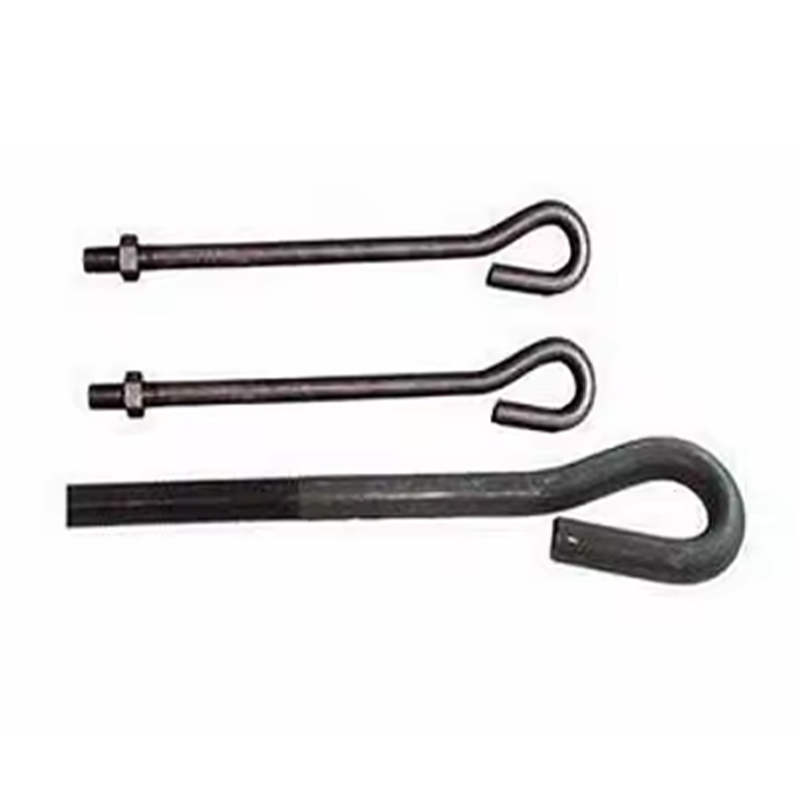

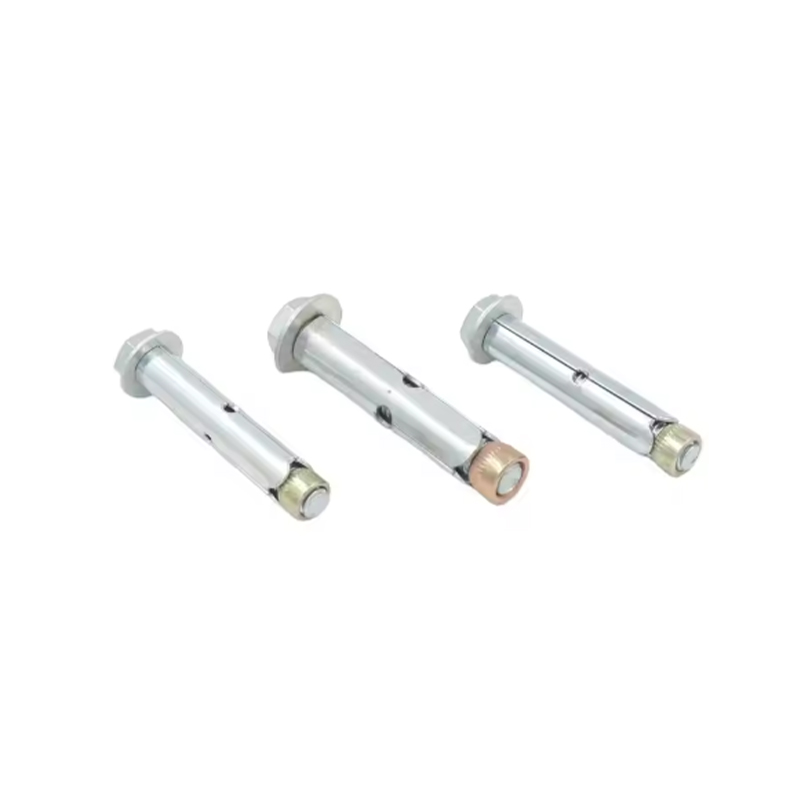
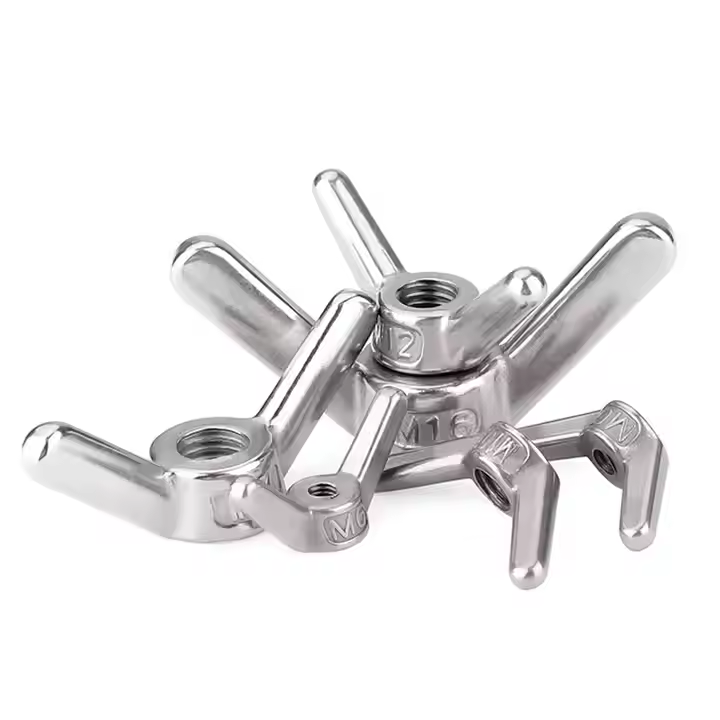
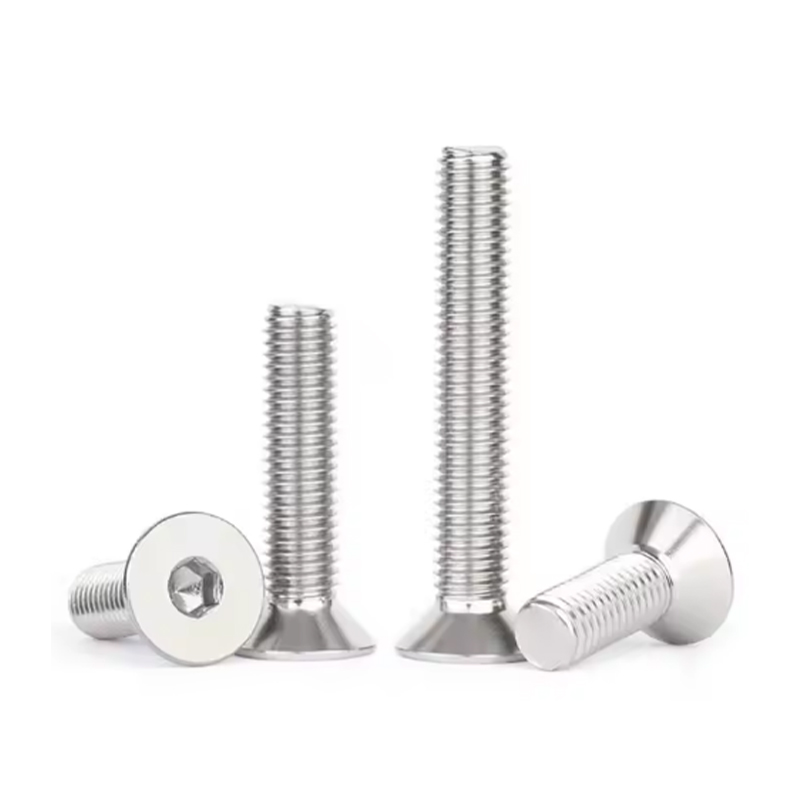
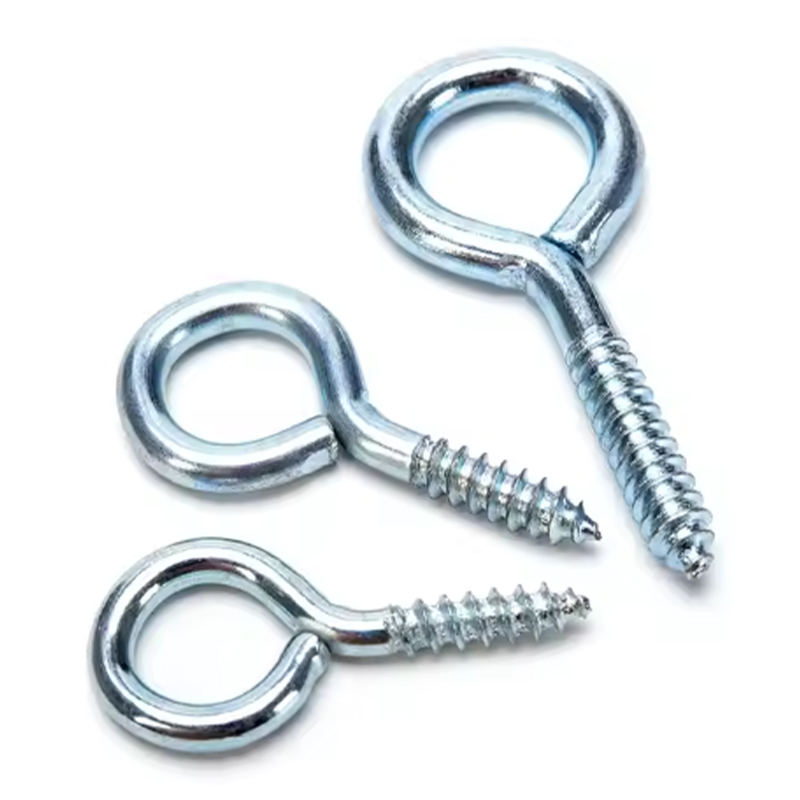
Please enter your email address and we will reply to your email.